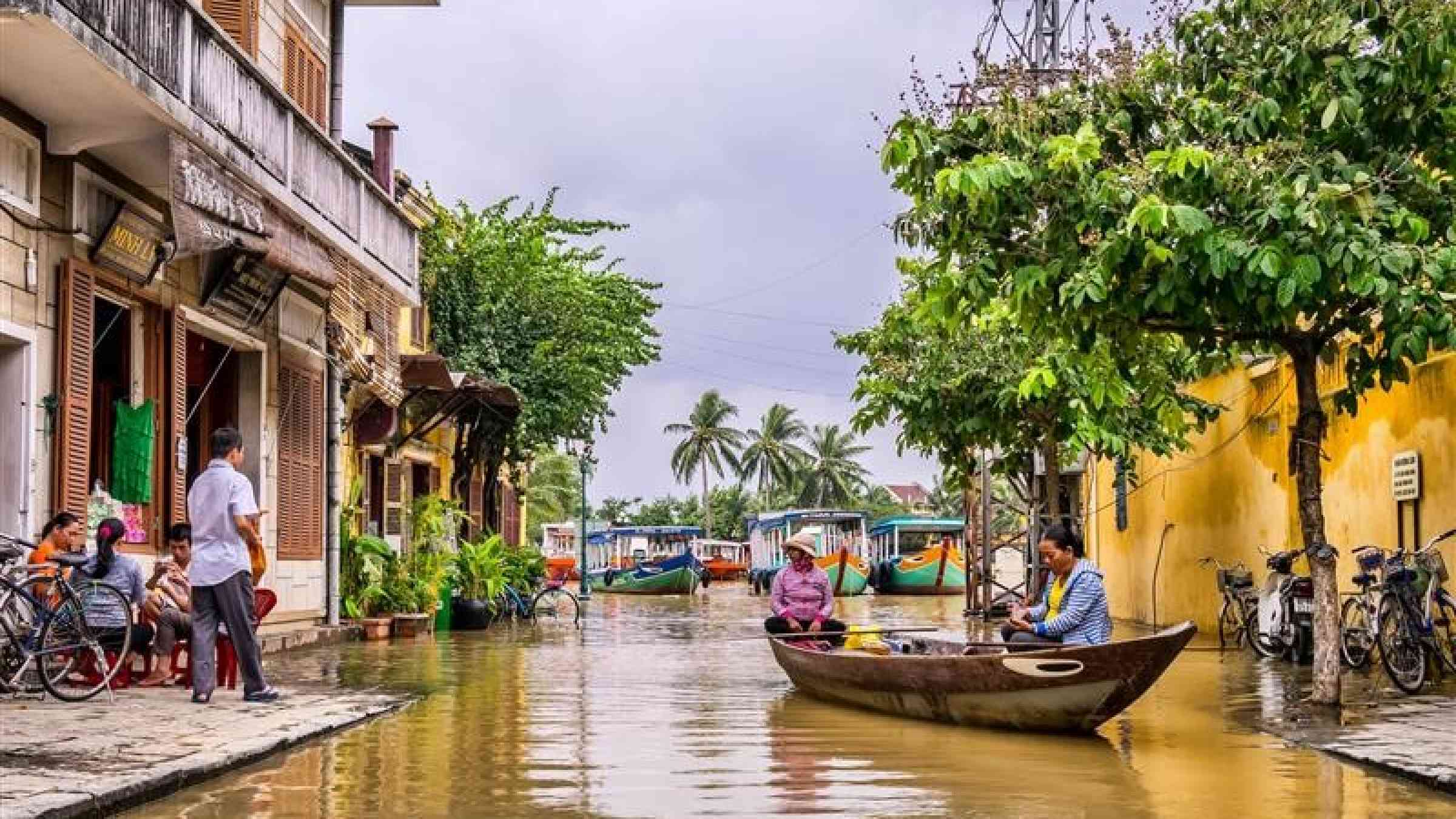Toward greater financial resilience: enhancing the Global Disaster Risk Finance Architecture
In the last years, substantial progress has been made in enhancing financial protection against disaster risks for poor and vulnerable people.
Thanks to the collective efforts under the InsuResilience Global Partnership, 150 million people were financially protected through CDRFI solutions in 2021 alone.
However, significant challenges remain: the bulk of disaster funding is still arranged ex post; the DRF landscape remains fragmented and mainly driven by the supply side; solutions are not always easily accessible or tailored to specific needs of vulnerable countries; affordability barriers amplified by fiscal pressures and intensifying external debt issues remain a persistent issue for vulnerable countries, and have been exacerbated by the impact of Covid-19.
At the same time, climate and disaster risks continue to increase dramatically, and will do so for decades even if the Paris Agreement’s goals are met, implying additional constraints for vulnerable countries to access finance for investments in resilient pathways.
Against this backdrop, the question arises whether the current Global DRF Architecture is fit for purpose: not only for delivering on the InsuResilience Vision 2025, but also for meeting growing demands and ensuring sustained protection and resilience for vulnerable countries in the years and decades to come. The suggested panel discussion will convene high-level experts to lay out tangible ways for a systemic global approach to DRF.
Session objectives
- Introduce the vision of Germany’s G7 presidency “Global Shield against Climate Risks”
- Build mutual understanding on the enhancement of Climate and Disaster Risk Finance
- Identify key drivers for further enhancing the Climate and Disaster Risk Finance Architecture
Moderator
- Dr Astrid Zwick, Head of InsuResilience Secretariat
Panelists
- Paola Alvarez, Assistant Secretary, Department of Finance, the Republic of the Philippines
- Jorge Gastelumendi, Director at the Adrienne Arsht-Rockefeller Foundation, Atlantic Council, and Co-Lead Race 2 Resilience
- Heike Henn, Director for Climate, Energy and Environment at the German Federal Ministry for Economic Cooperation and Development (BMZ), Germany
- Gernot Laganda, Chief of Climate and Disaster Risk Reduction Programmes at UN World Food Programme
- Vositha Wijenayake, Executive Director, SLYCAN Trust
Documents
Learn more
This section provides important information for those planning to attend the side event:
This session with representatives and members of the InsuResilience Global Partnership will provide an overview on how pre-arranged financing can be scaled up to meet the rising demands of vulnerable communities and countries.
Where do we stand
Understanding disaster risk is a fundamental aspect of disaster risk management and the promotion of resilience.
Evidence from recent decades shows that disasters are indicators of extremely complex processes of risk generation and consolidation.
The Sendai Framework supports this approach and promotes the development of activities aimed at better understanding disaster risk.
Session guiding questions
- What is the current state of climate and disaster risk finance? What has been accomplished so far?
- What are the main challenges to further scale up climate and disaster risk finance and make it more accessible?

Agenda
Location
BNDCC 2-Ground Floor
Online access
Participation
Open to those registered for the conferenceDetails
Contact
Delia Kaiser [email protected] Kay Tuschen [email protected] Ines Perez Martinez [email protected]